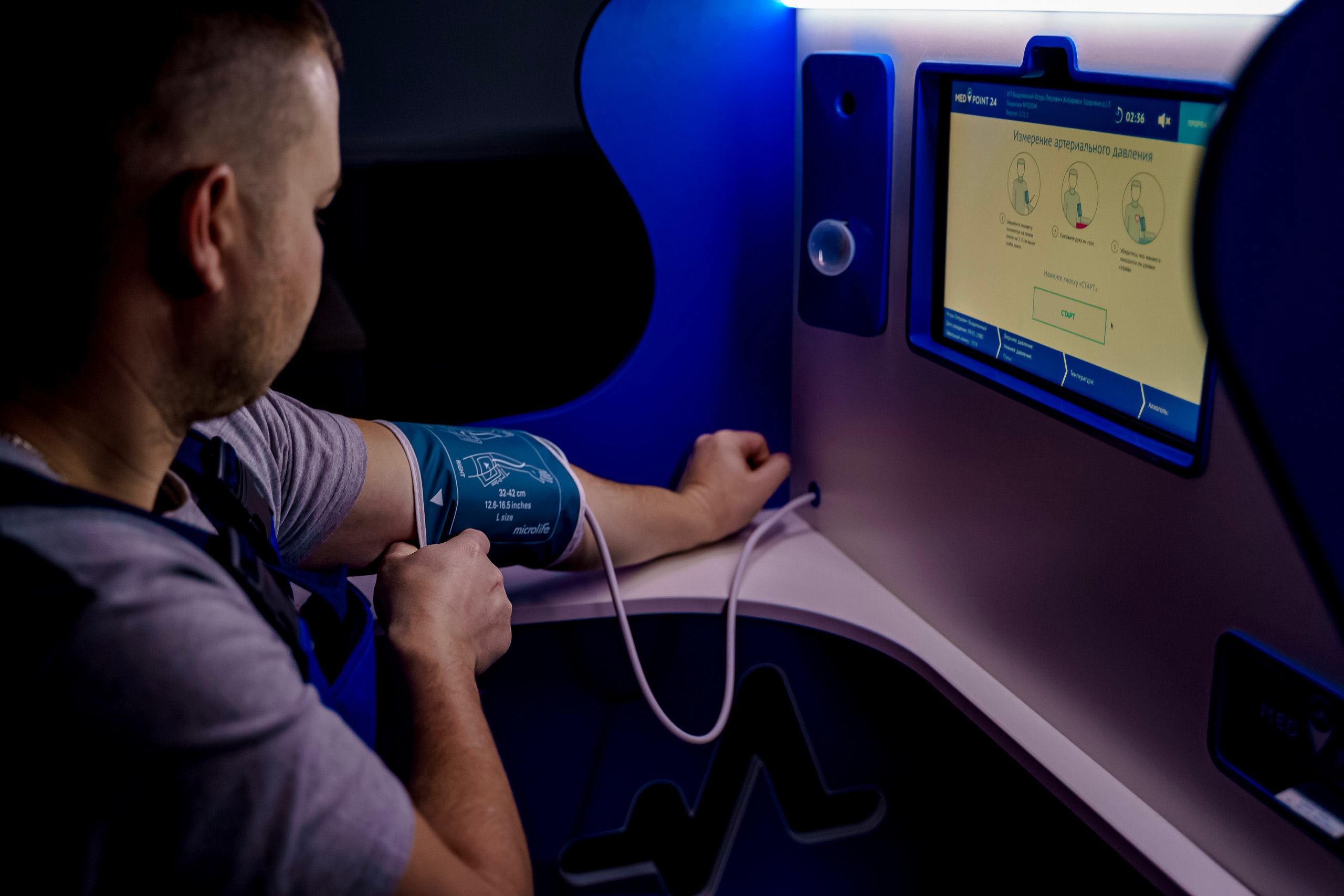A type of high blood pressure, pulmonary arterial hypertension, is commonly known as PAH. It affects the right side of the heart. Additionally, it also affects the arteries in the lungs. The blood vessels in the lungs become narrow, or blockages develop in them. The heart muscles become weak as they have to work harder to pump blood through the body. Listed below are some common causes and risk factors of pulmonary arterial hypertension.
- Family history
Pulmonary arterial hypertension often runs in the family. It can be hereditary; if two or more close family members have PAH, the risk is higher. If a family member in the lineage has been known to have a commonly associated gene with PAH, chances are it will be passed down. One way to be prepared for this risk is to go through genetic counseling. - Obesity and obstructive sleep apnea
Being overweight does not necessarily increase the risk of pulmonary arterial hypertension; however, obesity is, in fact, one of the major causes of hypertension. Obesity combined with sleep apnea can cause PAH. Obstructive sleep apnea causes the body’s oxygen levels to fall while a person is sleeping. This can obstruct normal blood flow in the heart or the lungs leading to a mild form of PAH. - Gender
It has been generally observed that women are at a higher risk of pulmonary arterial hypertension than men. In fact, women are more prone to two specific types of PAH – idiopathic PAH and familial PAH (or heritable PAH). The risk for women is at least two-and-a-half times more than for men. Among women, those between 20 and 35 years are at a higher risk. - Pregnancy
In certain cases, pulmonary arterial hypertension has been closely linked with pregnancy. Pregnant women with pre-existing PAH have been observed to have a slightly higher risk of mortality. Following strict medical procedures and treatment and close consultation with experts can help lower this risk factor. - Altitude
It is observed that those who live in higher mountainous regions are more susceptible to pulmonary arterial hypertension. This can be associated with the fact that the air at higher altitudes tends to be thinner. That is, the level of oxygen depletes as we go higher and higher. This strains the lungs and the heart, increasing the risk for PAH. This is also why people with PAH are advised against traveling to high altitudes, as the symptoms can be aggravated. - Other diseases
Certain pre-existing medical conditions can also lead to PAH. These include congenital heart disease, lung disease, and liver disease. These diseases can affect the functioning of the heart and the lungs. Over time, these can lead to the development of pulmonary arterial hypertension. Connective tissue disorders like scleroderma and lupus can also lead to pulmonary hypertension. - Medications and toxins
Taking certain medications such as methamphetamines for a longer period can also increase the risk of pulmonary arterial hypertension.

